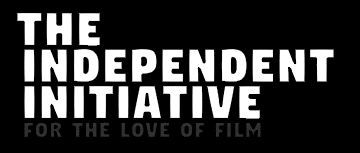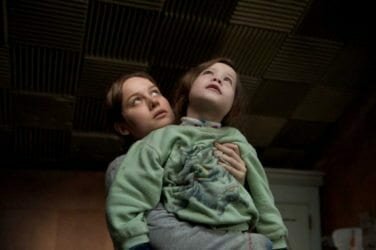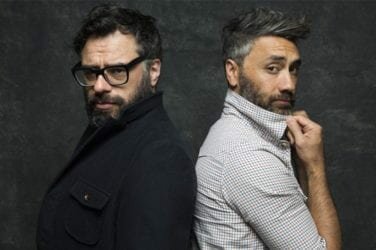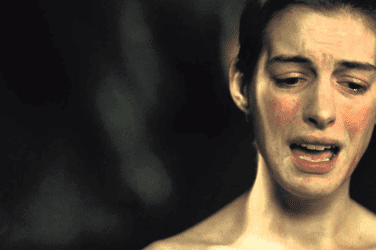A few months ago I wrote an article targeted towards actors titled ‘Make the editor happy’. It gave them tips on what they can do onscreen through their acting to make the life of the editor a little easier.
Welcome to part two! This installment is focussed more towards the film crew. I thought I would give some tips and suggestions to think about while on set that’ll make my life (the editor) just a little less ‘pull my hair out’ stressful and a little more ‘I can get a full night’s rest’.
These are of course tips to make my life easier, I’m not demanding you follow all of these rules – as I’m aware of such a thing called ‘editors ego’. It’s more of a ‘If you love me, feel free to help a brother out a little… please?’ type deal.
After all, teamwork makes the dream work.
1. Camera department
The editor will be watching most of what has been shot and will hear most of what’s said behind the scenes during a take. Even if he never meets the camera crew, it will feel like he knows them pretty well by the end of the movie.
Whether they realise it or not, the camera department will build a relationship with the editor.
As an editor, I’ve found there are certain little things a camera department does to give the editor either a warm fluffy pillow of footage, or a cake made from living knives who just want to stab you in the heart everytime you look at another clip. (It’s only these two extremes, there’s nothing in between.)
If the editor is also the person who logs the footage and organises it, it’ll literally save thrice the amount of time if the slate is in the shot before the camera starts rolling. This really helped me when I was logging footage.
This way the editor/footage logger can immediately see what shot they’re looking at and rename it there and then, rather than sitting and fastforwarding through potentially minutes of footage before they find out what that one shot is.
However, if this isn’t possible then it’s completely fine, I know how hard the camera department works.
(I’ve worked in the camera department a couple of times on set, they’re rarely given time to stop and take a breath as they’re constantly setting up the next shot.)
2. Script supervisor
He or she is the editors best friend, or more professionally known as ‘the editors representative on set’. Please love and respect them. If they do their job well the editor will want to kiss them all over.
I really don’t have any advice for the script supervisor on how to make the editor happy if they’re already doing their job. It’s more of a ‘well done Scripty, you make my day taste like berries and cream’.
If I were to extend some advice for a Scripty, then I’d say the more information you give on your script supervisor notes the better, with the printed takes circled.
3. Footage loggers (or anyone organising the footage)
Dear footage loggers. Your best friend is also the script supervisor. He or she (usually she, referred to as ‘Script Girl’) will provide you with all the information you need regarding how to name and organise the footage. Make her proud.
Usually she’ll circle the printed takes and it’s up to you to organise the footage in a way that gives the editor a clear understanding of what take is what etc.
I’ve noticed people have different organisational structures especially when it comes to organising footage. The editor might want it done in a specific way. It could be a good idea to have a chat with them if possible just in case they’re a bit particular.
If you can’t talk to them then just organise the footage in a way that makes sense.
The first feature I edited, I came onto the project after the footage had been logged. To be honest it was a little confusing, it was organised by sorting the takes into folders based on the days they were shot, which is standard if the camera department/director need to review the shoot within days.
However, later on after principle photography was over it was hard to find certain takes and scenes when some of them were split over several different folders. To me as the editor this was not ideal but, ho hum, I got over it and edited the movie anyway.
The second feature I edited, though, I had the privilege of organising the footage how I wanted it to be organised. I genuinely loved doing that job.
Most people wouldn’t enjoy the mindless, tedious task of sorting through hours and hours of footage, but I’m not normal I guess.
It was organised in folders based on scene numbers. Each folder had every take in that scene, with a sub folder for the audio and another sub folder for the printed takes, which are the takes I renamed based on the script supervisor notes. ie. ‘1a_4 Cam B’
There was one flaw however, which was if the camera department wanted to review certain takes from previous days it might be hard for them to find. But lo, I kept the script supervisor notes in a folder and they were in order of the days. All I needed to do was review the notes, which they then referenced.
If you’re an editor and you prefer your footage organised a certain way, but don’t have the opportunity to actually make it your own, then remember there is a thing as ‘editors ego’ and sometimes you just gotta toughen up and adapt to the circumstance.
If you’re part of the film crew and you can do any of these things then thank you, otherwise you’re still awesome and as the editor, I will do my best to make a great movie!

















